Designing Adaptive Online Mathematics Course Based on Individualization Learning
Abstract
1. Introduction
- despite the fact that applicants enter a university from different regions of the country but take the unified state exam, it does not exclude different approaches in teaching mathematics, or in setting priorities and requirements when studying a school course.
- students who entered a university on a fee-paid basis or in a targeted training may have lower skills than those who got a state-commissioned study place.
- students who entered a university after graduating from college, often have a gap of several years in learning mathematics, and, due to that, they face even more difficulties in learning higher mathematics.
- students from other countries may face language barrier problems: both the knowledge of the language itself, and the differences in subject terminology.
- to study the psychological and pedagogical literature through the individualized learning process;
- to study modern concepts of online education and development of online training;
- to carry out a survey of first-year students on the need for such a course and ways of its implementation;
- to draw a map of expected results from learning;
- to select the materials for the training course that best meets the goal;
- to develop a course scenario by taking into account the opportunity of the individual educational trajectory;
- to provide students with educational resources. this would be convenient and engage different types of perception;
- to select educational content for foreign students with the opportunity to practice language and provide college graduate students with training materials.
2. Literature Review
2.1. Experience of Online Education in Russia
- research that studies the technology of individualization of training;
- studies considering methods of creating individual educational trajectories in online courses;
- studies in which the aspect of individualization is considered in the context of peculiarities of mental processes;
- studies investigating the social and humanistic component of online education;
- studies considering the technological features of creation and implementation of online courses.
- by perception of information: visual (mostly perceives visually), audial (perceives mainly by ear, “verbally”), and tactile (perceives mainly through movement and touch);
- by speed of perceiving information: high-speed and slow-acting;
- by depth, quality, and level of perceiving information: students who perceive a lot of information, but not that deep and quickly forget it, those who perceive one thing really effectively and remember it once and for all;
- by motivation to learning: those who are interested in learning, school as a whole, mastering new things, etc., those who are indifferent, actively not willing to learn;
- by abilities to an academic subject: gifted, capable, average-skilled, and incapable.
2.2. Online Education Experience in Other Countries
3. Materials and Methods
3.1. Observation
3.2. Monitoring Learning Achievement and Error Analysis
3.3. Sociological Survey of Students
- necessity for repetition of school mathematics,
- preferable form of organizing the repetition,
- and structural organization of repetition.
- negative experience with online courses,
- unwillingness to self-study,
- or something else.
4. Results
4.1. Course Objectives
- to check and see if the first-year students are ready to master higher mathematics,
- to fill the gaps in the knowledge of the school mathematics course,
- to get foreign students familiar with the terminology and approaches of the Russian mathematics education,
- to structure the training material for further use as a reference.
4.2. Selection of the Content
- ability to solve arithmetic problems with different numbers;
- ability to perform practical calculations using formulas, including those that have degrees, radicals, logarithms, and trigonometric functions;
- ability to analyze dependencies with a graphical representation;
- ability to develop and study the simplest mathematical models, including tasks for the largest and smallest values using the apparatus of mathematics analysis.
- Number sets.
- Identical transformations of algebraic expressions.
- Function and its properties.
- Linear equations, inequalities, and their systems.
- Quadratic equations and inequalities.
- Modulus of the number.
- Rational equations and inequalities.
- Arithmetic square root.
- Power function.
- Exponential function.
- Logarithmic function.
- Trigonometric functions.
- Differentiation.
- Integration.
- Arithmetic and geometric series.
- Vectors.
4.3. Concept of Online Course Designing
- differentiation and integration are important in mastering mathematical analysis, regardless of the direction while receiving a bachelor’s degree;
- numerical sequences and vectors can be considered as additional topics, but, at the same time, they are very useful for understanding the theory of series, mastering linear algebra, and analytical geometry.
4.4. Structure and Duration of the Course
4.5. Components of Control
- diagnostic test,
- practice tests,
- final test.
4.6. Principles of Creating an Individual Educational Trajectory
- the principle of the individual approach in training (the student performs tasks from those sections in which mistakes were made),
- the principle of conscious perspective (students understand that repetition will help them to master the material of higher mathematics more successfully),
- the principle of flexibility in learning (tasks of different levels of complexity and different forms are offered),
- the principle of dynamism (the ability to quickly control the execution of tests).
- reproductive (perception, understanding, memorization),
- productive (practicing according to the model, typical problem solving, explanation),
- creative (applying knowledge in a new situation).
- Is the statement true: (a); (b); (c); (d)?
- The sides AB and CD of the isosceles trapezoid ABCD with the base AD are divided into two equal parts by the points K and M. Are the vectors equal here? (a) and ; (b) and ; (c) and ; (d) and ?
- Find the values of the following expressions:
- Find a vectorfrom the given equation:
- The young entrepreneur received a revenue of 5000 rubles in 2015. Each following year his revenue was increasing by 300% compared with the previous year. How much did the entrepreneur earn in 2018?
4.7. Selection of Teaching Materials for Individualization of Training
4.8. Designing Additional Course Features
- listen to the voiced definition or wording of the term and select the appropriate meaning,
- select an appropriate written explanation of the term,
- listen to the statement and select the appropriate term, etc.
- Match the statements.
Mathematics Symbols
and FormulasName
and Meaning1. A. When a degree is raised to a degree power, the indicators multiply. 2. B. When dividing degrees with the same indicators, one base is divided by another, and the indicator remains unchanged. 3. C. When multiplying degrees with the same indicators, the bases are multiplied, and the indicator remains the same. 4. D. When multiplying degrees with the same bases, indicators are added up. 5. E. When dividing powers with the same bases, the divisor is subtracted from the index of the dividend. - Choose the correct statements:
- (a)
- The logarithmic function is defined on the set of non-negative numbers.
- (b)
- The logarithmic function increases on the domain of definition, provided that the base is greater than one.
- (c)
- The logarithmic function is odd.
- (d)
- The logarithmic function has a maximum point, but no minimum point.
- (e)
- Exponential and logarithmic functions are mutually inverse.
5. Discussion
- program structuring,
- expert evaluation,
- election of tasks based on practical content.
6. Conclusions
- to determine course objectives;
- to select suitable content;
- to develop online course concept;
- to generate control components;
- to develop course structure;
- to take into account principles of creating individual educational trajectories;
- to select teaching materials for individualization of training;
- to design additional course features for special groups of students.
Supplementary Materials
Author Contributions
Funding
Acknowledgments
Conflicts of Interest
Appendix A
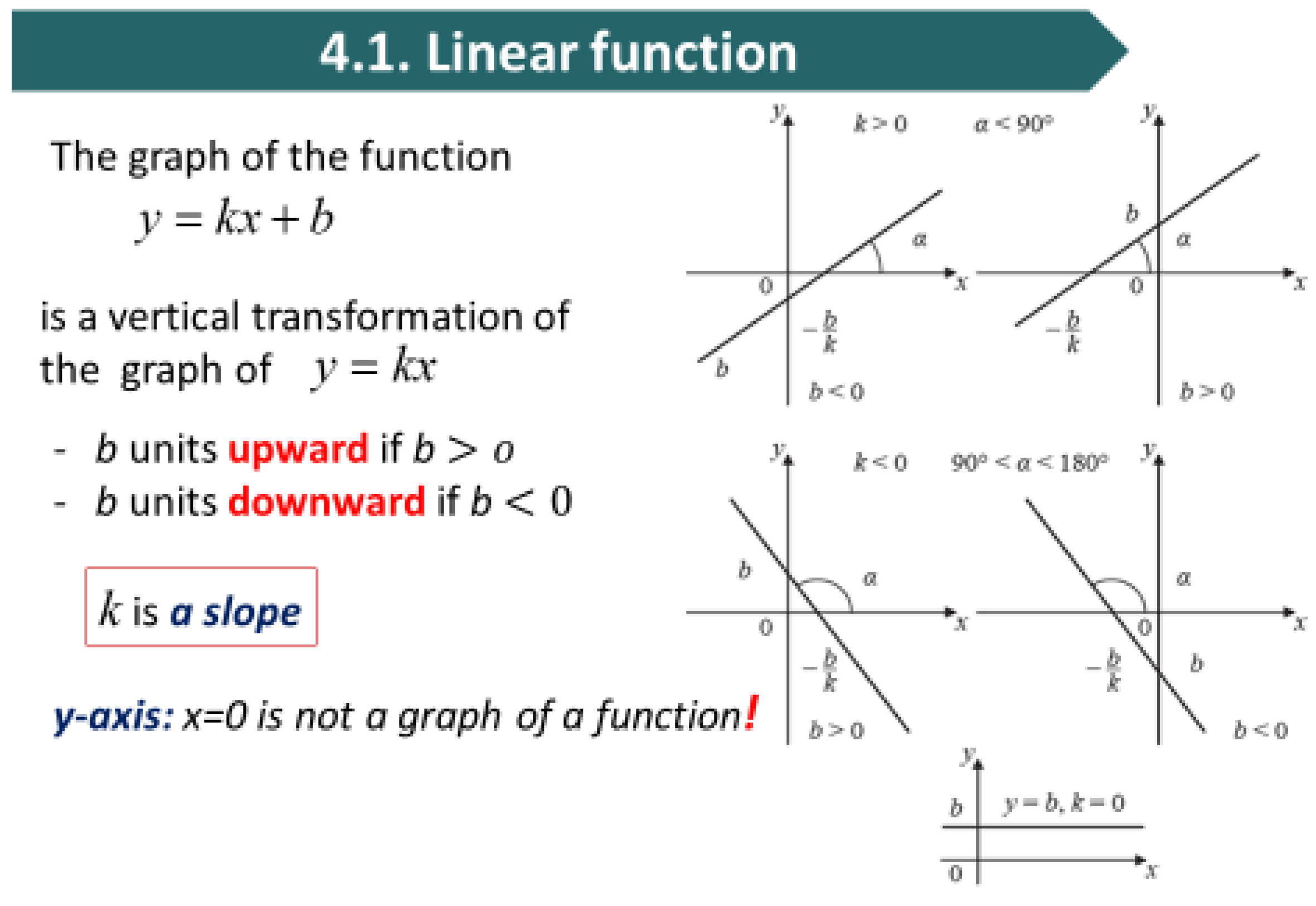
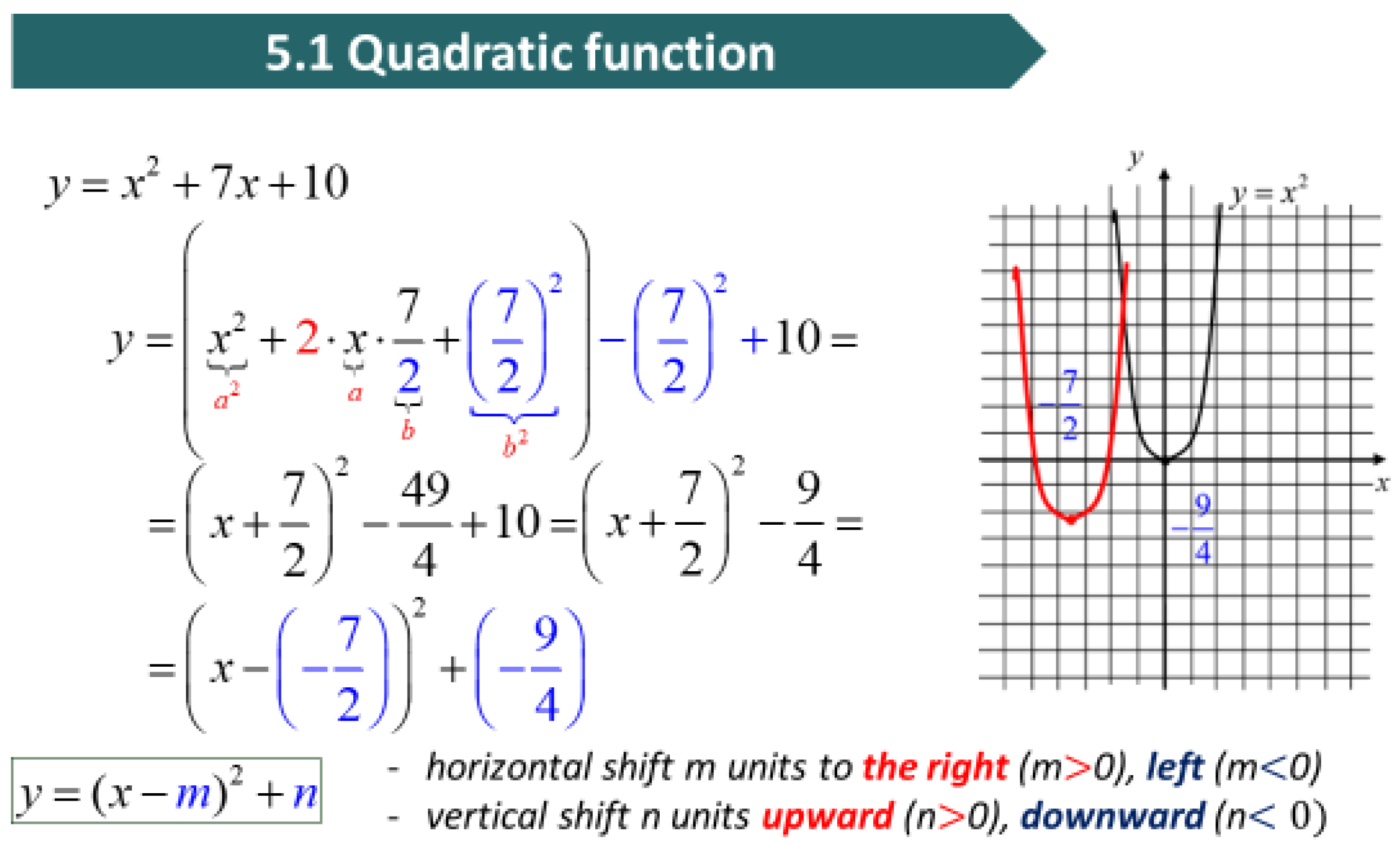
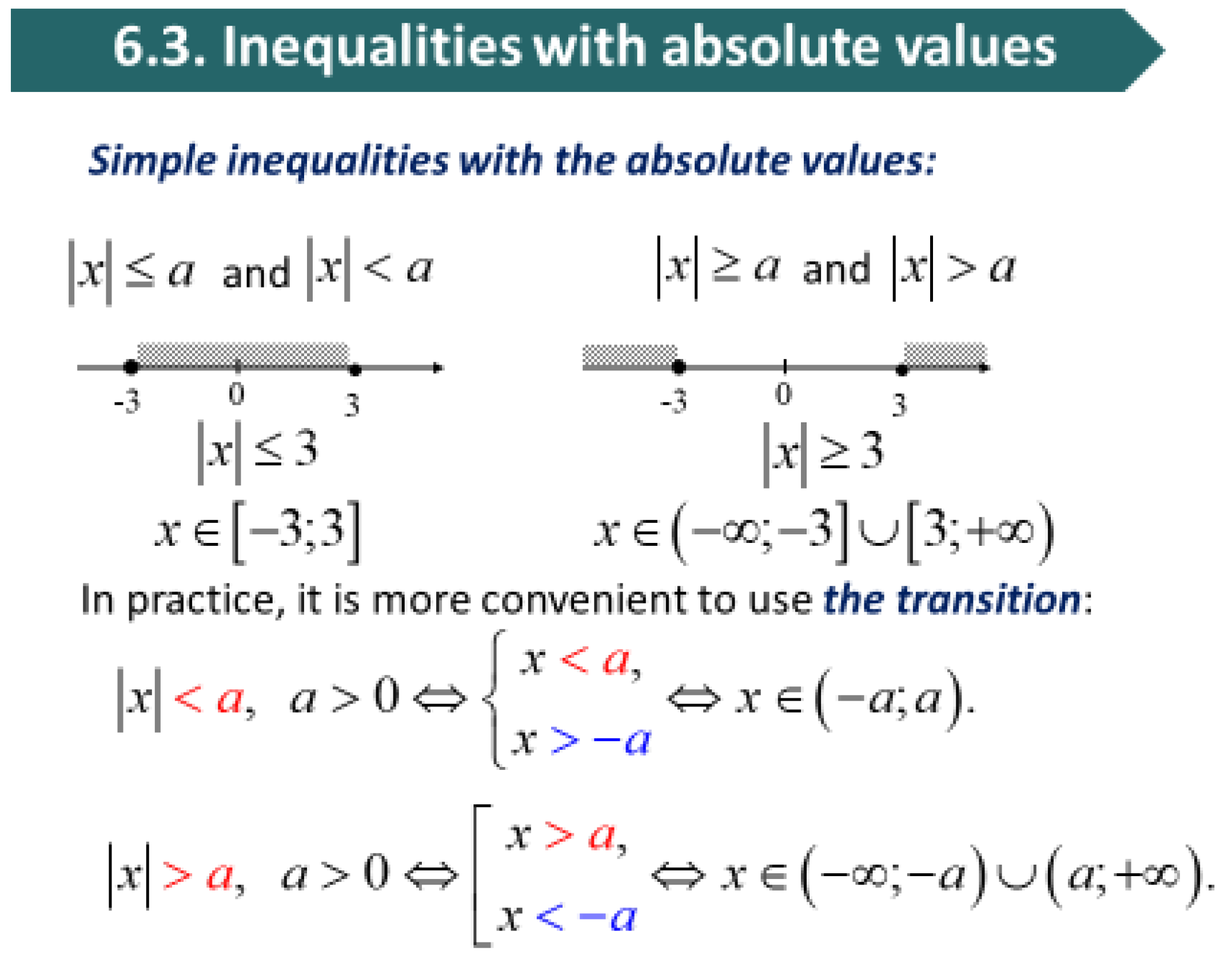
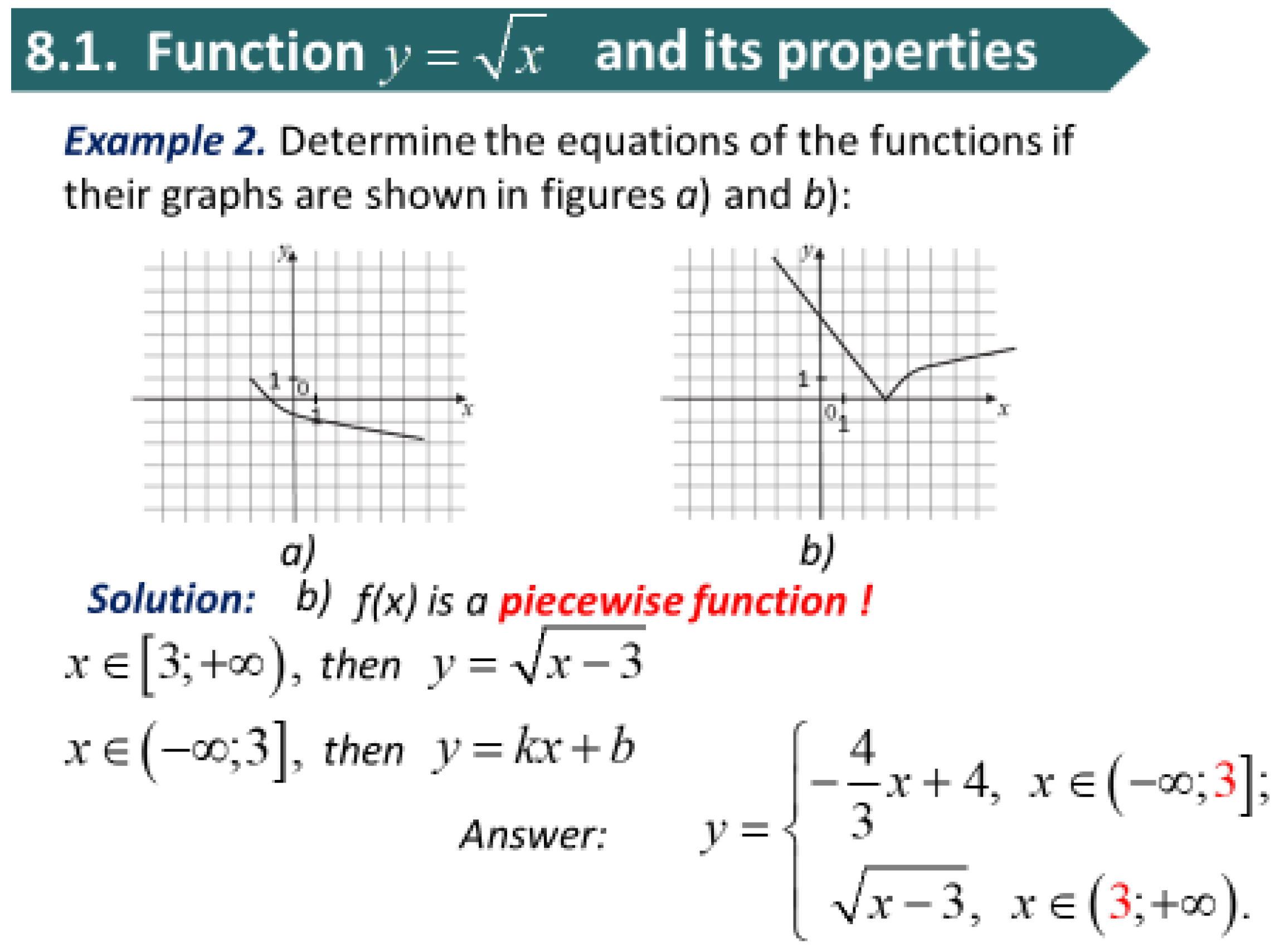
Appendix B
| Mathematical symbols and formulas | Formula names and corresponding rules |
| 1. | A. The square of the difference of two expressions equals the first expression squared, minus their doubled product, plus the second expression squared. |
| 2. | B. The difference of the squares of two expressions is the product of the sum of these expressions on their difference. |
| 3. | C. The sum of two expressions cubed. |
| 4. | D. Sum of the cubes of two expressions. |
| 5. | E. The square of the sum of two expressions equals the first expression squared, plus their doubled product and the second expression squared. |
- (a)
- 1-A, 2-B, 3-C, 4-D, 5-E;
- (b)
- 1-D, 2-E, 3-A, 4-C, 5-B;
- (c)
- 1-B, 2-C, 3-A, 4-D, 5-E;
- (d)
- 1-E, 2-A, 3-B, 4-C, 5-D;
- (e)
- 1-C, 2-B, 3-D, 4-A, 5-E.
- (a)
- ;
- (b)
- ;
- (c)
- ;
- (d)
- ;
- (e)
- .
- (a)
- (b)
- (c)
- ;
- (d)
- a∊R
- (e)
- .
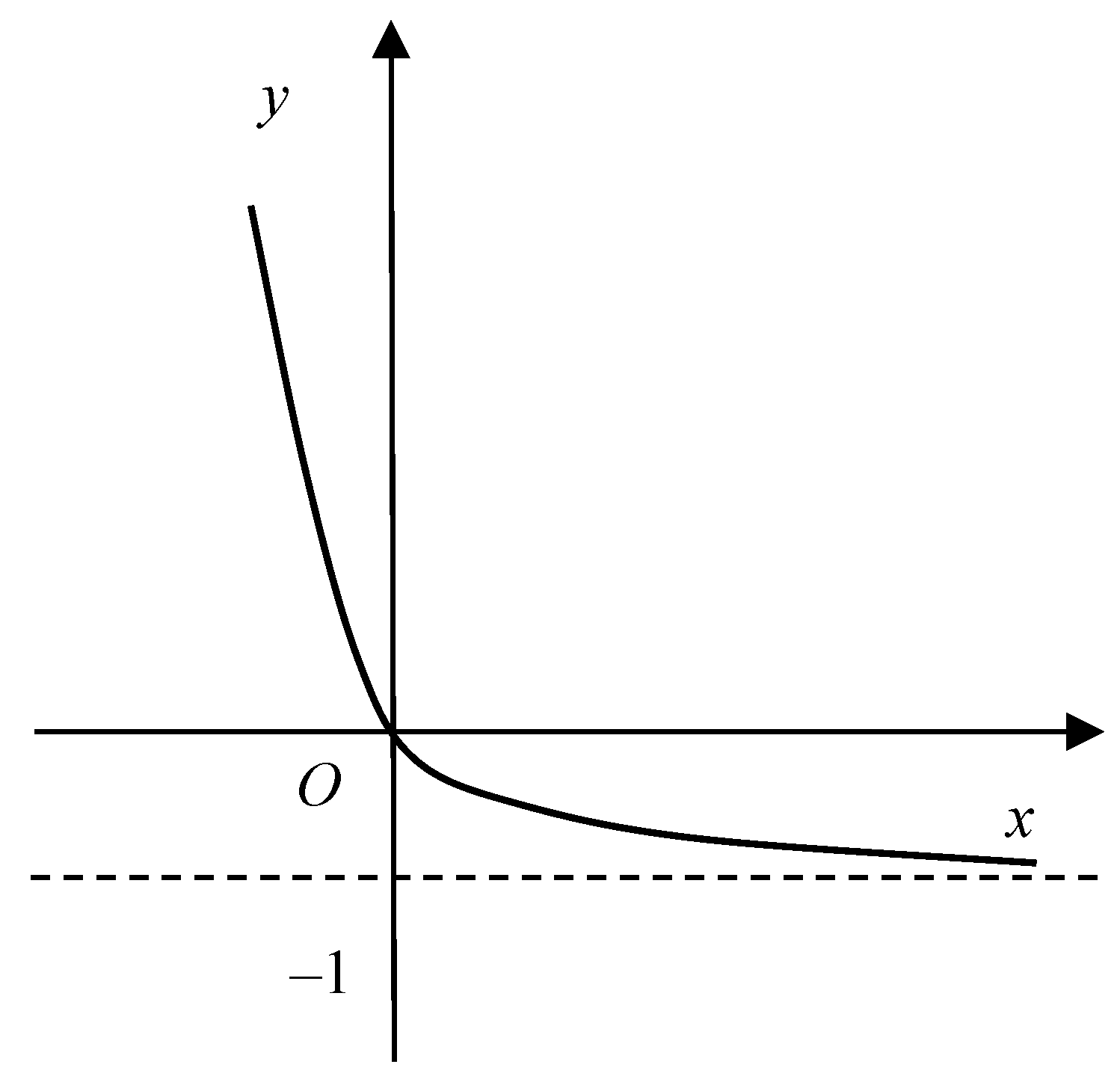
- (a)
- ;
- (b)
- ;
- (c)
- ;
- (d)
- ;
- (e)
- .
Appendix C
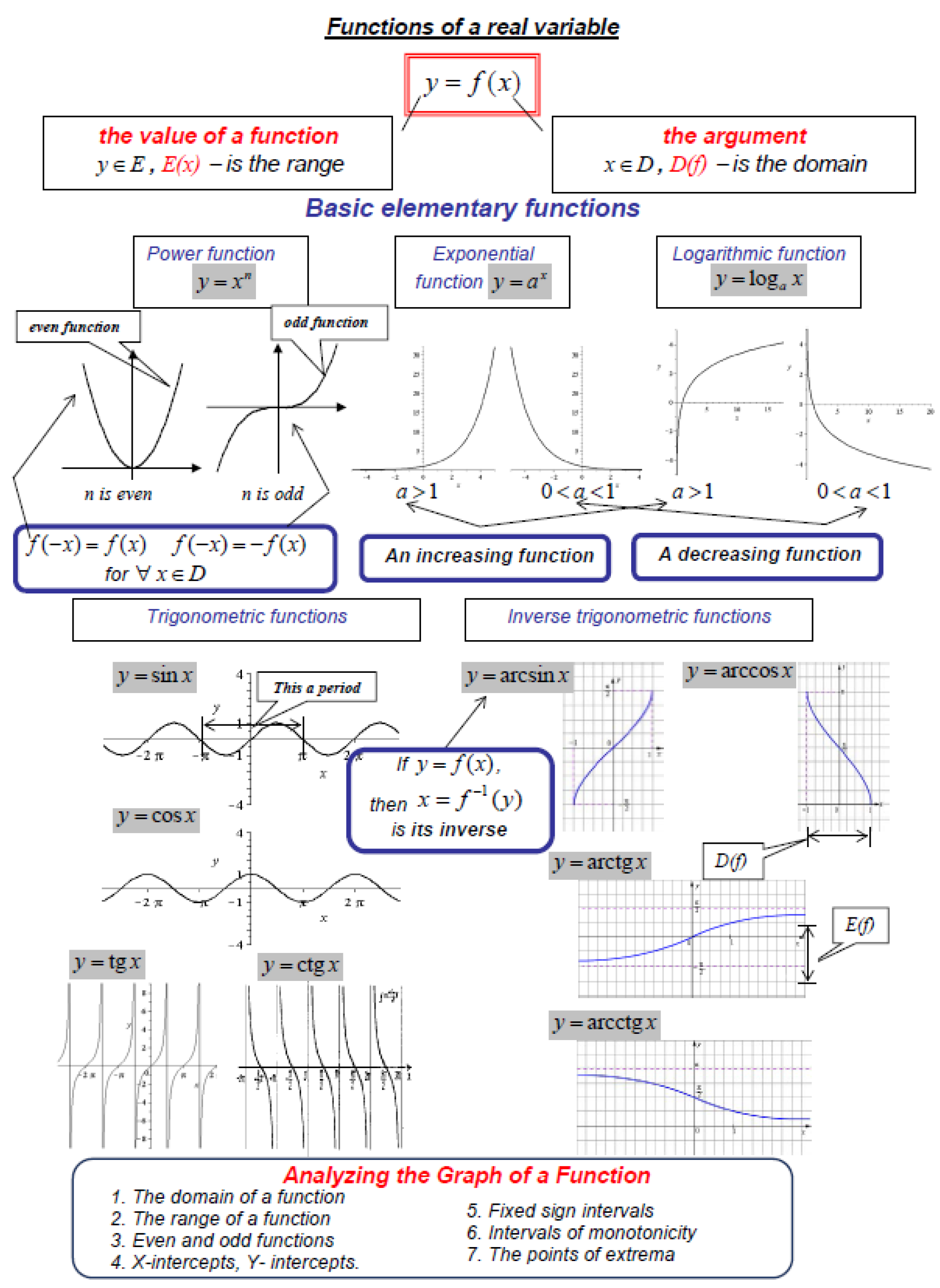
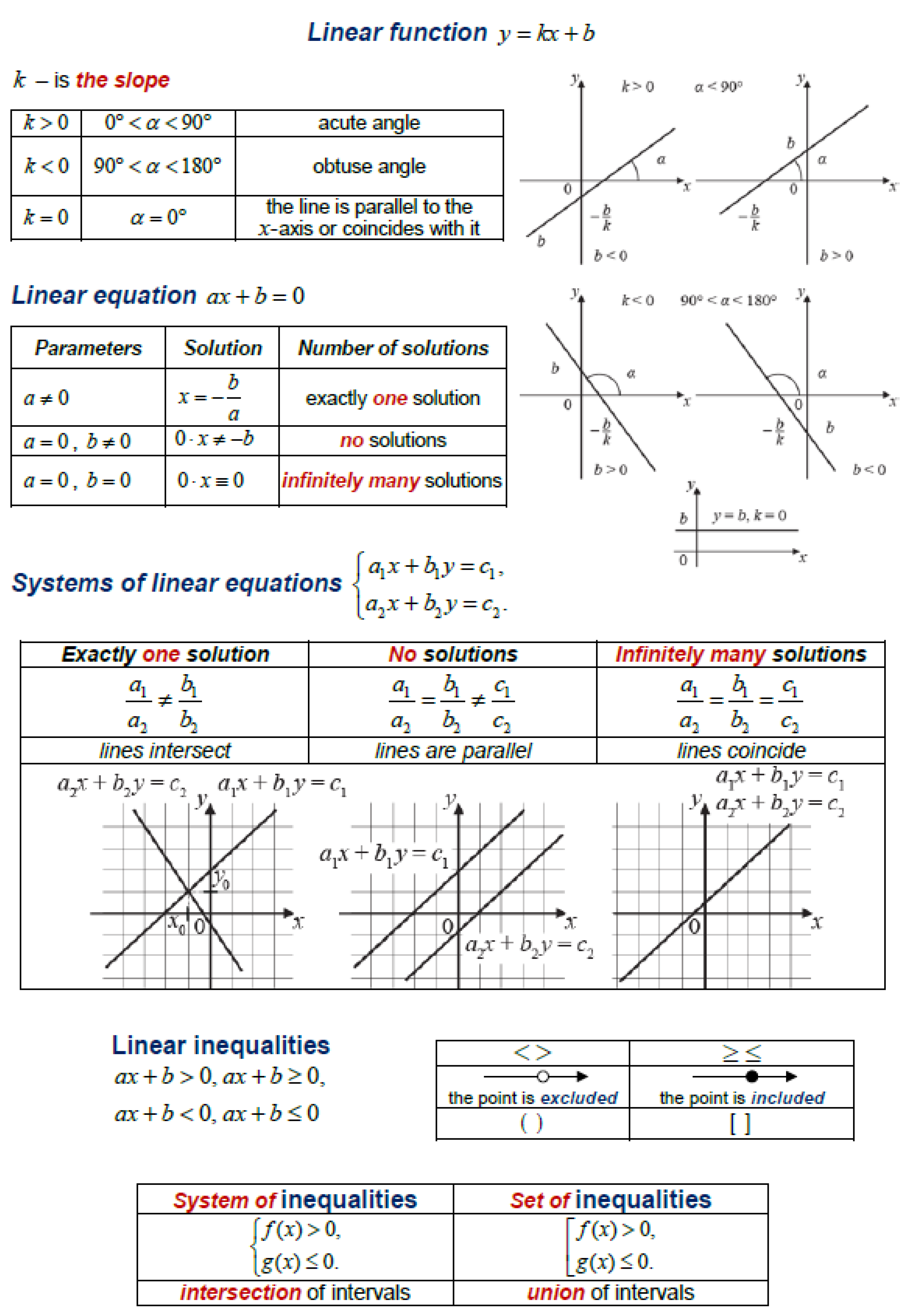
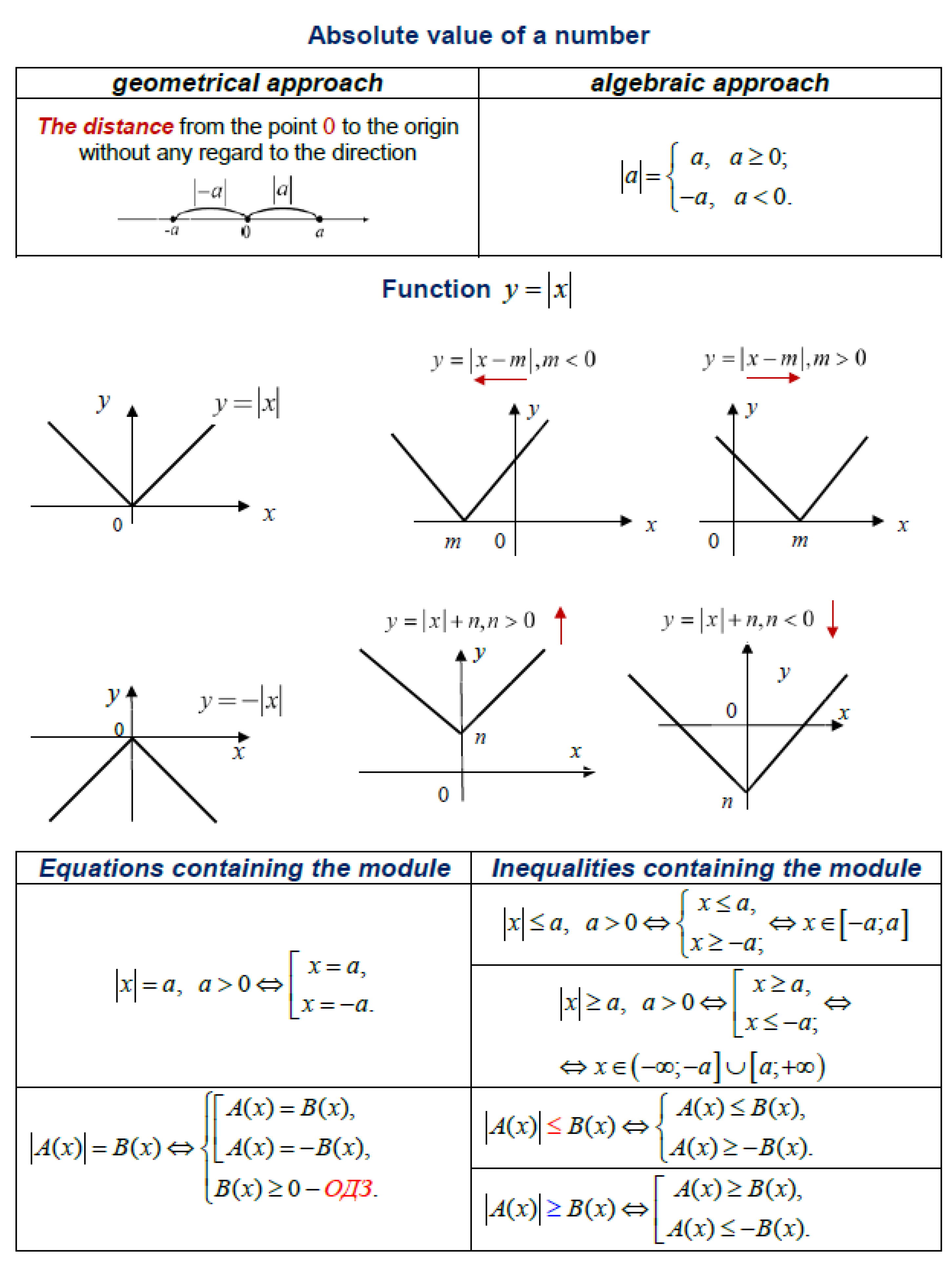
Appendix D
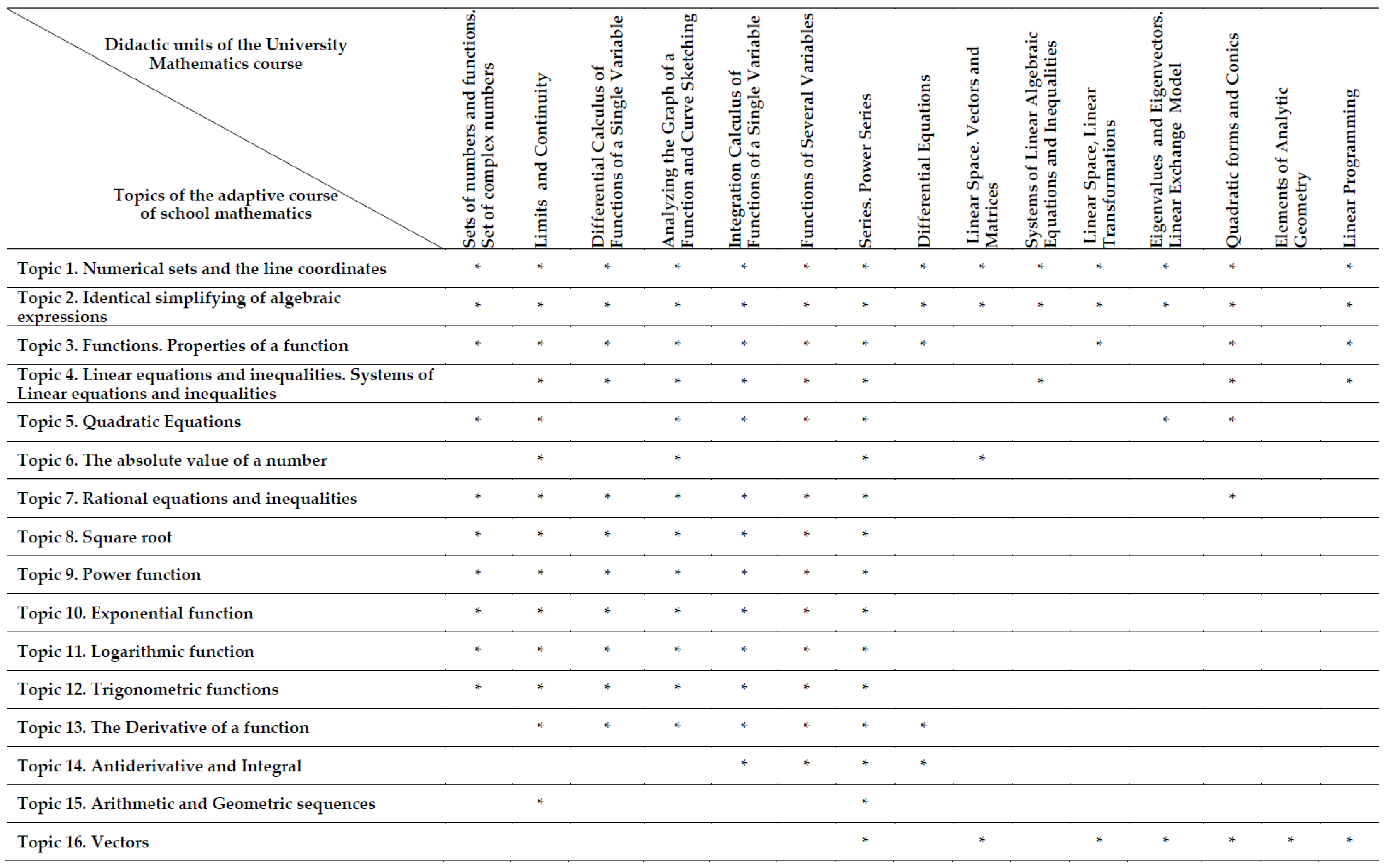
References
- Selevko, G.K. Enciklopediya Obrazovatel’nyh Tekhnologij [Encyclopedia of Educational Technologies]; Mozhajskij poligrafkombinat Publ.: Mozhajsk, Russia, 2006; Volume 1, p. 816. [Google Scholar]
- Yakimanskaya, I.S. Trebovaniya k uchebnym programmam, orientirovannym na lichnostnoe razvitie shkol’nikov [Requirements for educational programs focused on personal development of schoolchildren]. Vopr. Psichol. 1994, 2, 64–67. [Google Scholar]
- Hutorskoj, A.V. Metodika lichnostno-orientirovannogo obucheniya. In Kak Obuchat’ Vsekh Po-Raznomu? [Methods of Student-Centered Learning. How to Teach Everyone in Different Ways?]; Vlados-Prеss Publ.: Moscow, Russia, 2005; p. 383. [Google Scholar]
- Pligin, A.A. Poznavatel’nye Strategii Shkol’nikov: ot Individualizacii—K Lichnostno Orientirovannomu Obrazovaniyu [Cognitive Strategies of Schoolchildren: from Individualization in Training to Personality-Oriented Education]; Tvoi knigi Publ.: Moscow, Russia, 2012; p. 416. [Google Scholar]
- Еrykova, V.G. Formirovanie Individual’noj Obrazovatel’noj Tekhnologii Podgotovki Bakalavrov Informatiki [Formation of an Individual Educational Technology for Training Bachelors of Computer Science]. Ph.D. Thesis, Russian State Social University, Moscow, Russia, 2008. [Google Scholar]
- Kalmykova, S.V.; Pustylnik, P.N.; Razinkina, E.M. Role Scientometric Researches’ Results in Management of Forming the Educational Trajectories in the Electronic Educational Environment. In Advances in Intelligent Systems and Computing, Proceedings of the 19th International Conference on Interactive Collaborative Learning, ICL 2016, Belfast, UK, 21–23 September 2016; Auer, M.E., Uhomoibhi, J., Guralnick, D., Eds.; Springer Verlag: Cham, Switzerland, 2017; Volume 545, pp. 427–432. [Google Scholar]
- Volkova, Е.S.; Konnova, L.P.; Posashkov, S.A. Realizaciya principa variativnosti obrazovaniya v ramkah podgotovki bakalavrov po napravleniyu «Prikladnaya matematika i informatika» [Implementation of the principle of variation in education in the preparation of bachelors in the field of “Applied Mathematics and Computer Science”]. Stand. I Monit. V Obraz. 2013, 3, 44–47. [Google Scholar]
- Krechetov, I.A. Tekhnologiya Sozdaniya Onlajn-Kursa S Elementami Adaptivnogo Obucheniya [The Technology of Creating an Online Course with Elements of Adaptive Learning]. In Proceedings of the eLearning Stakeholders and Researchers Summit 2017, Moscow, Russia, 10–11 October 2017; Higher School of Economics: Moscow, Russia, 2017; pp. 14–21. Available online: https://learnteachweb.ru/articles/eLearningStakeholders2017.pdf (accessed on 10 June 2019).
- Krasnov, S.V.; Kalmykova, S.V.; Abushova, E.E.; Krasnov, A.S. Problems of Quality of Education in the Implementation of Online Courses in the Educational Process. In Proceedings of the 2018 International Conference on High Technology for Sustainable Development (HiTech), Sofia, Bulgaria, 11–14 June 2018; IEEE: Piscataway, NJ, USA, 2018; pp. 127–131. [Google Scholar]
- Necheukhina, N.S.; Matveeva, V.S.; Babkin, I.A.; Makarova, E.N. Modern approaches to the educational process aimed at improving the quality of highly qualified personnel training. In Proceedings of the 2017 IEEE VI Forum Strategic Partnership of Universities and Enterprises of Hi-Tech Branches (Science. Education. Innovations) (SPUE), St. Petersburg, Russian Federation, 15–17 November 2017; Shaposhnikov, S., Ed.; IEEE: Piscataway, NJ, USA, 2017; pp. 192–195. [Google Scholar]
- Meyera, J.; Fleckensteina, J.; Retelsdorf, J.; Köllera, O. The relationship of personality traits and different measures of domain specific achievement in upper secondary education. Learn. Individ. Differ. 2019, 69, 45–59. [Google Scholar] [CrossRef]
- Lipnevich, A.A.; Preckel, F.; Krumm, S. Mathematics attitudes and their unique contribution to achievement: Going over and above cognitive ability and personality. Learn. Individ. Differ. 2016, 47, 70–79. [Google Scholar] [CrossRef]
- Gatzka, T.; Hell, B. Openness and postsecondary academic performance: A meta-analysis of facet-, aspect-, and dimension-level correlations. J. Educ. Psychol. 2017. [Google Scholar] [CrossRef]
- Schwaba, T.; Luhmann, M.; Denissen, J.J.; Chung, J.M.; Bleidorn, W. Openness to experience and culture-openness transactions across the lifespan. J. Personal. Soc. Psychol. 2017. [Google Scholar] [CrossRef] [PubMed]
- Kizilcec, R.F.; Papadopoulos, K.; Sritanyaratana, L. Showing face in video instruction: effects on information retention, visual attention, and affect. CHI ’14. In Proceedings of the SIGCHI Conference on Human Factors in Computing Systems, Ontario, Canada, 26 April–1 May 2014; pp. 2095–2102. [Google Scholar] [CrossRef]
- Kizilcec, R.F.; Bailenson, J.N.; Gomez, Ch.J. The instructor’s face in video instruction: Evidence from two large-scale field studies. J. Educ. Psychol. 2015, 107, 770. [Google Scholar] [CrossRef]
- Mamgain, N.; Sharma, A.; Goyal, P. Learner’s perspective on video-viewing features offered by MOOC providers: Coursera and edX. In Proceedings of the 2014 IEEE International Conference on MOOC, Innovation and Technology in Education (MITE), Patiala, India, 19–20 December 2014. [Google Scholar] [CrossRef]
- Kim, T.; Yang, M.; Bae, J.; Min, B.; Lee, I.; Kim, J. Escape from infinite freedom: Effects of constraining user freedom on the prevention of dropout in an online learning context. Comput. Hum. Behav. 2017, 66, 217–231. [Google Scholar] [CrossRef]
- Guo, P.J.; Reinecke, K. Demographic differences in how students navigate through MOOCs. In Proceedings of the First ACM Conference on Learning@ Scale Conference, Atlanta, GA, USA, 4–5 March 2014; pp. 21–30. [Google Scholar] [CrossRef]
- El Said, G.R. Understanding How Learners Use Massive Open Online Courses and Why They Drop Out: Thematic Analysis of an Interview Study in a Developing Country. J. Educ. Comput. Res. 2017, 55, 724–752. [Google Scholar] [CrossRef]
- Gamage, D.; Perera, I.; Fernando, S. Evaluating effectiveness of MOOCS using empirical tools: Learners perspective. In Proceedings of the 10th International Technology, Education and Development Conference, Valencia, Spain, 7–9 March 2016; pp. 8276–8284. [Google Scholar] [CrossRef]
- Papadakis, S.; Kalogiannakis, M.; Sifaki, E.; Vidakis, N. Evaluating Moodle Use via Smart Mobile Phones. A Case Study in a Greek University. EAI (European Alliance for Innovation) Endorsed Trans. Creat. Technol. 2018, 5, 1–12. Available online: http://eudl.eu/pdf/10.4108/eai.10-4-2018.156382 (accessed on 6 July 2019). [CrossRef]
- Jian, B.; Yang, C. Project based Case Learning and Massive Open Online Courses. Int. J. Distance Educ. Technol. (IJDET) 2015, 13, 53–60. [Google Scholar] [CrossRef]
- Coetzee, D.; Fox, A.; Hearst, M.A.; Hartmann, B. Should your MOOC forum use a reputation system? In Proceedings of the 17th ACM Conference on Computer Supported Cooperative Work & Social Computing, New York, NY, USA, 15–19 February 2014. [Google Scholar] [CrossRef]
- Floratos, N.; Guasch, T.; Espasa, A. Recommendations on Formative Assessment and Feedback Practices for stronger engagement in MOOCs. Open Prax. 2015, 7, 151–152. [Google Scholar] [CrossRef][Green Version]
- González-Manzano, L.; Fuentes, J. Design recommendations for online cybersecurity courses. Comput. Secur. 2019, 80, 238–256. [Google Scholar] [CrossRef]
- Porter, S. To MOOC or Not to MOOC, 1st ed.; Chandos Publishing: Cambridge, UK, 2015; p. 156. Available online: https://www.elsevier.com/books/to-mooc-or-not-to-mooc/porter/978-0-08-100048-9 (accessed on 10 June 2019).
- McAvinia, C. Online Learning and Its Users: Lessons for Higher Education, 1st ed.; Chandos Publishing: Cambridge, UK, 2016; p. 262. Available online: https://www.elsevier.com/books/online-learning-and-its-users/mcavinia/978-0-08-100626-9 (accessed on 10 June 2019).
- Rovai, A. The Internet and Higher Education, 1st ed.; Chandos Publishing: Cambridge, UK, 2009; p. 266. Available online: https://www.elsevier.com/books/the-internet-and-higher-education/rovai/978-1-84334-524-4 (accessed on 14 May 2019).
- Prioritetnyj Proekt «Sovremennaya Cifrovaya Obrazovatel’naya Sreda V Rossijskoj Federacii» [Priority Project “Modern Digital Educational Environment in the Russian Federation”]. 2019. Available online: https://minobrnauki.rf/proekty/ (accessed on 25 April 2019).
- Konnova, L.P.; Lipagina, L.V. Upravlenie kachestvom matematicheskoj podgotovki v obshchem i professional’nom obrazovanii [Quality management of mathematical training in general and vocational education]. In Proceedings of the International Scientific and Practical Conference Quality Management of Mathematical Training in General and Professional Education, Orsk, Russia, 25 March 2011; OGTI: Orsk, Russia, 2011; pp. 281–286. [Google Scholar]
- Maevsky, E.V.; Postovalova, G.A.; Yagodovsky, P.V. O rеzul’tatah tradicionnogo diagnostichеskogo tеstirovaniya pеrvokursnikov po elеmеntarnoj matеmatikе v 2015 godu [About the results of traditional diagnostic testing of the first year students in elementary mathematics in 2015]. In Proceedings of the International Scientific-Methodical Conference “Educational Programs and Professional Standards: A Search for Effective Interaction”, Moscow, Russia, 30 March–1 April 2016; Financial University under the Government of the Russian Federation: Moscow, Russia, 2016; pp. 124–130. [Google Scholar]
- Konnova, L.P.; Rylov, A.A.; Stepanyan, I.K. Matematika (Dlya Inostrannyh Slushatelej Podgotovitel’nogo Fakul’teta) [Mathematics (For Foreign Students of the Preparatory Faculty)]; Rusajns Publ.: Moscow, Russia, 2018; p. 164. [Google Scholar]
- Bespal’ko, V.P. Prirodosoobraznaya Pedagogika: Lekcii Po Netradicionnoj Pedagogike Professora Bespal’ko Vladimira Pavlovicha [Nature-Like Pedagogy: Lectures on Non-Traditional Pedagogy by Professor Bespalko Vladimir Pavlovich]; Narodnoe obrazovanie Publ.: Moscow, Russia, 2008; p. 510. [Google Scholar]
- Konnova, L.P.; Rylov, A.A.; Stepanyan, I.K. Matematicheskij analiz: praktiko-orientirovannyj kurs s elementami kejsov [Calculus: Practice-Oriented Course with Elements of Case Studies]; Prometej Publ.: Moscow, Russia, 2019; p. 280. [Google Scholar]
- Konnova, L.P.; Rylov, A.A.; Stepanyan, I.K. Metodika poetapnoj realizacii kejs-tekhnologij v obrazovatel’nom processe pri obuchenii vysshej matematike [Method of Step-by-Step Implementation of Case-Technologies in Teaching Higher Mathematics]; Prometej Publ.: Moscow, Russia, 2019; p. 32. [Google Scholar]
- Shadrikov, V.D.; Anisimova, N.P.; Korneeva, E.N. Poznavatel’nye Processy I Sposobnosti V Obuchenii [Cognitive Processes and Abilities in Learning]; Prosveshchenie Publ.: Moscow, Russia, 1990; p. 142. [Google Scholar]
- Nizamieva, L.U. Differencirovannaya Professional’no-Orientirovannaya Matematicheskaya Podgotovka Specialistov Ekonomicheskogo Profilya S Ispol’zovaniem Mul’timedijnyh Tekhnologij [Differentiated Professional-Oriented Mathematical Training of Economists by Means of Multimedia Technologies]. Ph.D. Thesis, KSTU, Kazan’, Russia, 2010. [Google Scholar]
- Puchkova, Е.S. Osobennosti podgotovki materialov prepodavatelej pedagogicheskih vuzov provedeniya vebinarov s uchetom osobennostej individual’nogo vospriyatiya uchebnoj informacii studentami [Specificity of webinars training materials preparation by pedagogical universities lecturers taking into account the peculiarities of individual perception of educational information by students]. Vestn. Ross. Univ. Druz. Nar. Inf. Obraz. 2016, 2, 16–22. Available online: http://journals.rudn.ru/informatization-education/article/view/13209 (accessed on 10 June 2019).
- Konnova, L.P.; Rylov, A.A.; Stepanyan, I.K. Formirovanie terminologicheskoj bazy matematicheskih disciplin u inostrannyh slushatelej podgotovitel’nogo fakul’teta Finansovogo universiteta [Formation of mathematical terminology among foreign students of the preparatory faculty of the University of Finance]. Sovremennaya matematika i koncepcii innovacionnogo matematicheskogo obrazovaniya [Modern Mathematics and the Concept of Innovative Mathematical Education] 2018, 5, 331–340. [Google Scholar]
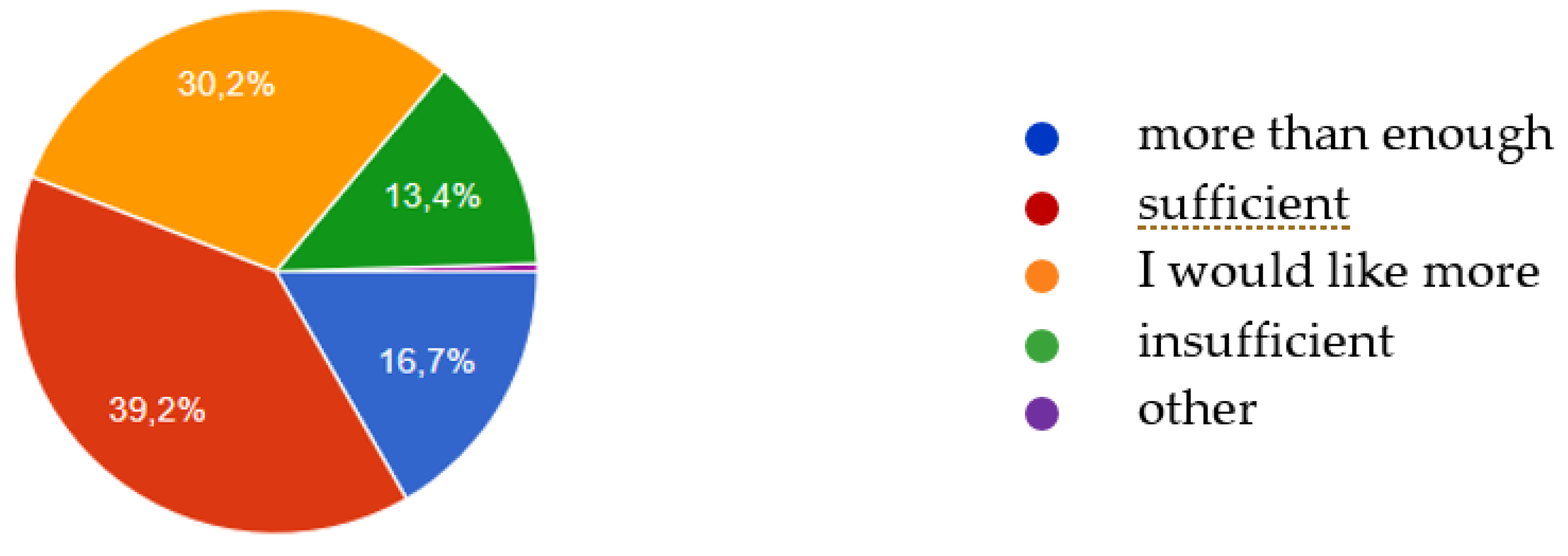
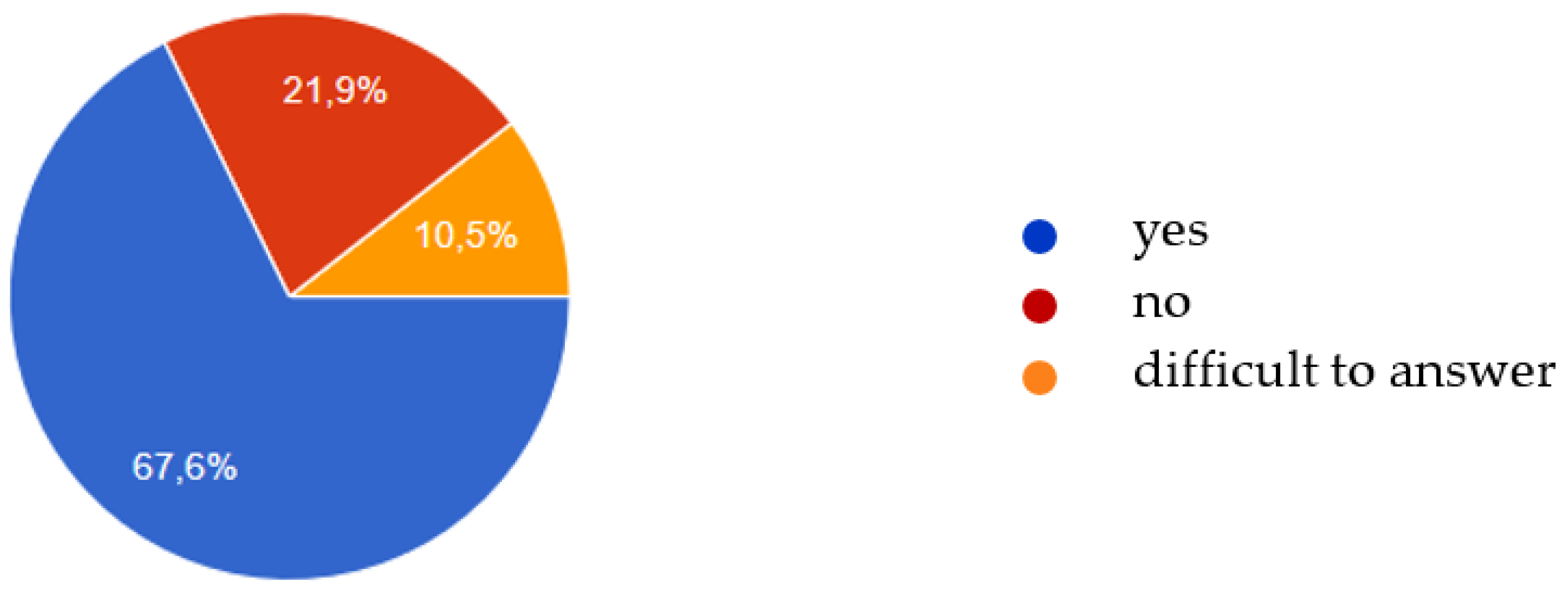
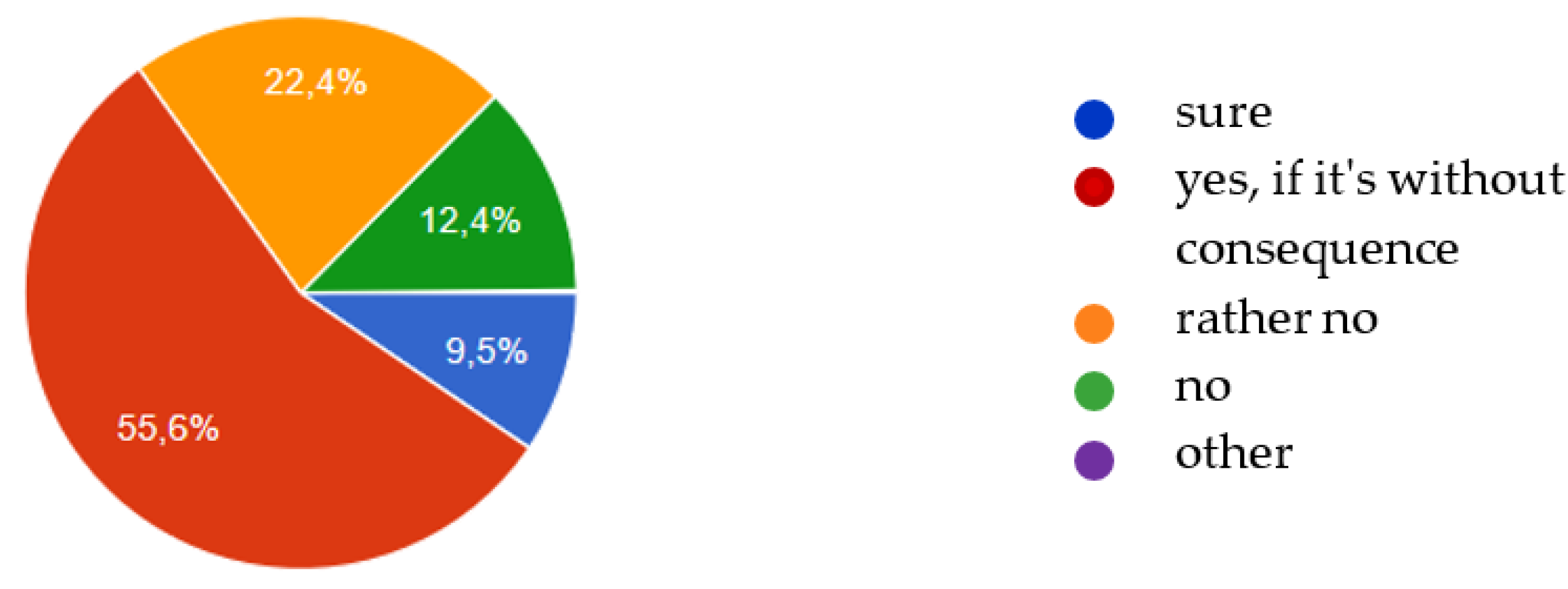
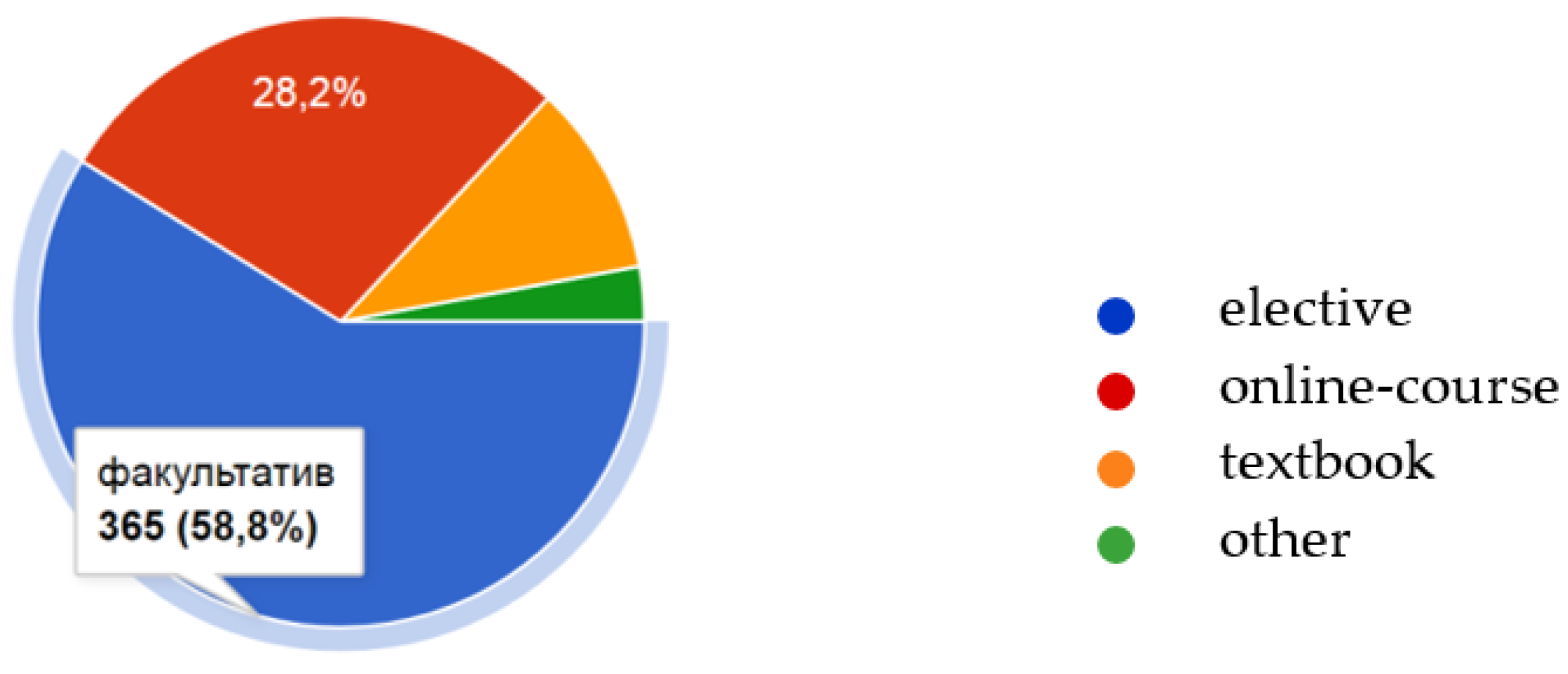


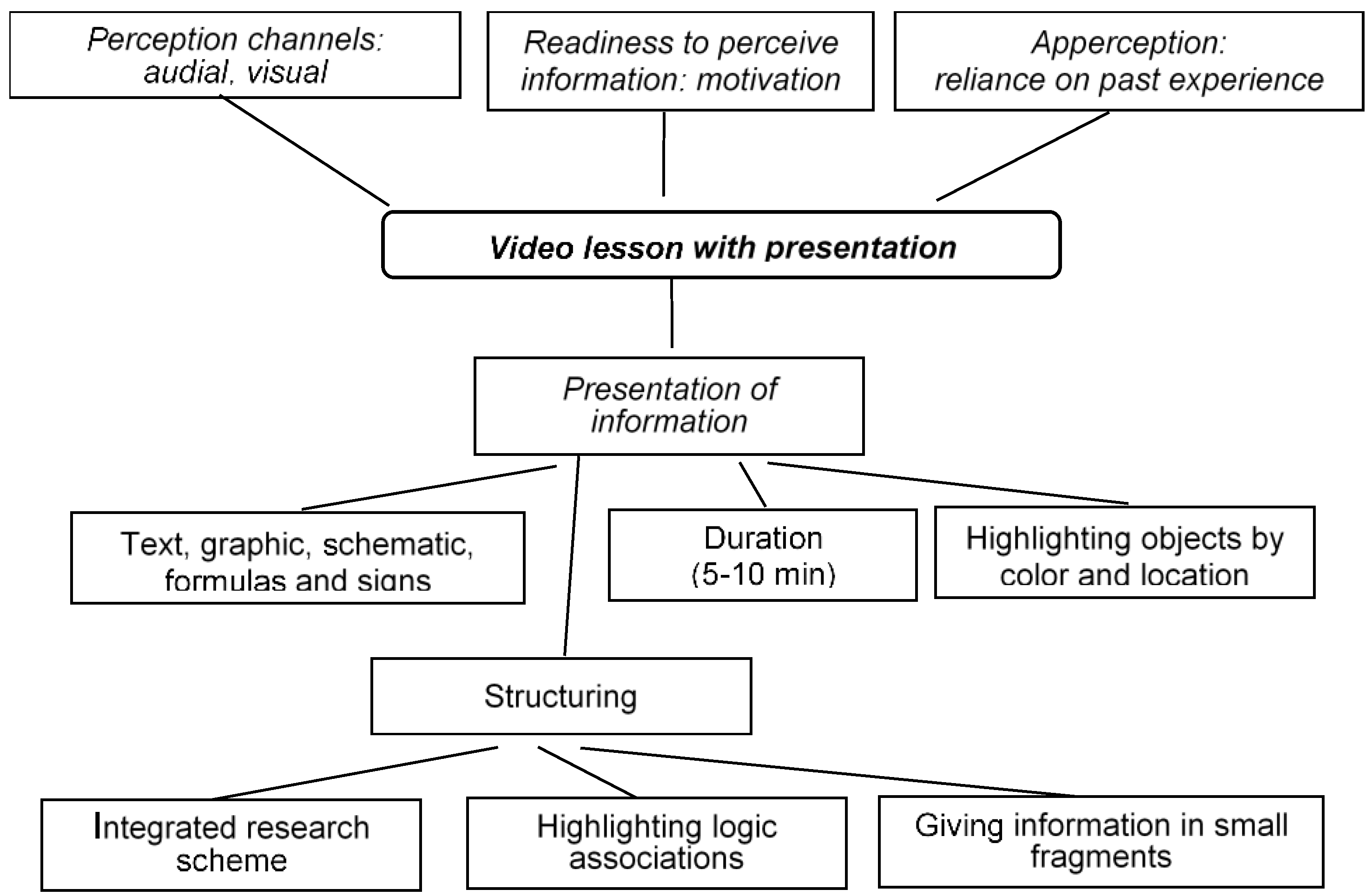
| Subject | Average Percentage of Students Who Completed a Task |
|---|---|
| Task containing percentages | 66 |
| Algebraic equations | 24 |
| Exponential (or logarithmic) equation | 38 |
| Inequality | 35 |
| Tasks with a parameter | 9 |
| Geometrical problem | 38 |
| Reproductive | Productive | Creative | |
|---|---|---|---|
| Students’ actions | To show (identify), name, recognize, define, retell, etc. | To determine (calculate), characterize, relate, explain, compare, make something according to a ready-made scheme, measure, follow rules, etc. | To provide an oral or written answer to a problem question, make a judgment, highlight essential features, analyze information, give and substantiate your own examples and assessments, search for necessary information, etc. |
| Educational achievements | Awareness (orientation)—the development of a certain amount of knowledge and the ability to reproduce it. | Literacy—the ability to solve standard everyday tasks, to use the basic methods of cognitive activity based on the existing subject knowledge and skills. | Competence—the ability to solve problems arising in the surrounding reality using the knowledge from the subject. |
© 2019 by the authors. Licensee MDPI, Basel, Switzerland. This article is an open access article distributed under the terms and conditions of the Creative Commons Attribution (CC BY) license (http://creativecommons.org/licenses/by/4.0/).
Share and Cite
Konnova, L.; Lipagina, L.; Postovalova, G.; Rylov, A.; Stepanyan, I. Designing Adaptive Online Mathematics Course Based on Individualization Learning. Educ. Sci. 2019, 9, 182. https://doi.org/10.3390/educsci9030182
Konnova L, Lipagina L, Postovalova G, Rylov A, Stepanyan I. Designing Adaptive Online Mathematics Course Based on Individualization Learning. Education Sciences. 2019; 9(3):182. https://doi.org/10.3390/educsci9030182
Chicago/Turabian StyleKonnova, Larisa, Larisa Lipagina, Galina Postovalova, Alexander Rylov, and Irina Stepanyan. 2019. "Designing Adaptive Online Mathematics Course Based on Individualization Learning" Education Sciences 9, no. 3: 182. https://doi.org/10.3390/educsci9030182
APA StyleKonnova, L., Lipagina, L., Postovalova, G., Rylov, A., & Stepanyan, I. (2019). Designing Adaptive Online Mathematics Course Based on Individualization Learning. Education Sciences, 9(3), 182. https://doi.org/10.3390/educsci9030182




